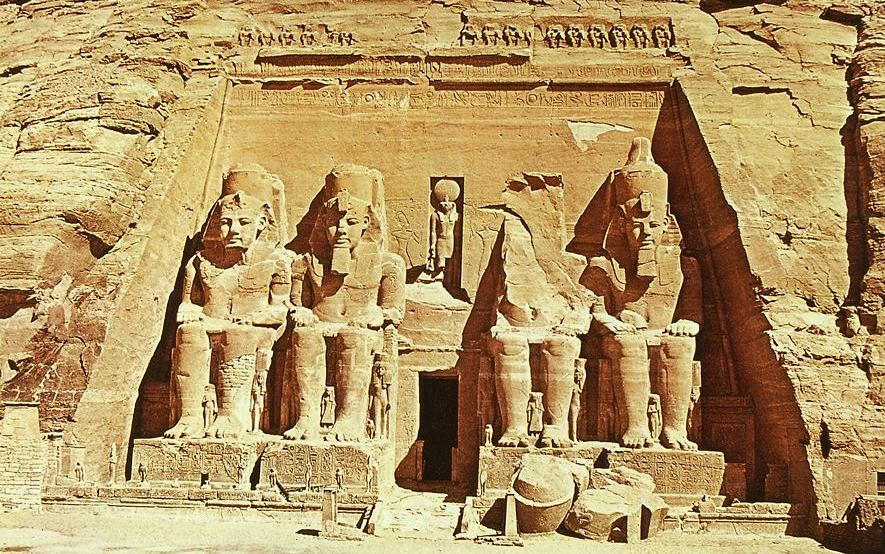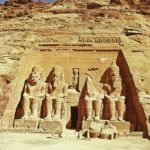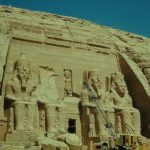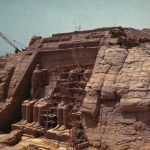Abu Simbel
-
Project name:
Unesco Nubian Salvage Campaign
-
Type of site:
Temple
Location:
Egypt
Southern part of Lower Nubia (about 300 km south of Aswan)Dating:
– reign of Ramesses II
Most interesting finds:
– temple of Ramesses II
History of research:
Dates of PCMA mission’s work:
1963–1968 (work conducted in the framework of the project: 1959–1960)
Type of research:
Salvage excavations, conservation work
Directors:
Kazimierz Michałowski
Co-operating institutions:
– Polish Centre of Mediterranean Archaeology, University of Warsaw
– Egyptian Ministry of Antiquities
Additional information:
The rock temples in Abu Simbel were discovered in 1813 by a Swiss traveler Johann Ludwig Burckhardt, and then cleared and studied by Giovanni Battista Belzoni in 1817. In 1960, the construction of the Aswan High Dam commenced, and the filling up of the newly-created Lake Nasser began in 1964. The relocation of the temples was financed by the Government of Egypt and UNESCO.
Description of the site and research:
Located in Lower Nubia, Abu Simbel once stood on the Nile but currently overlooks Lake Nasser. The architectural complex consists of two rock-cut temples commemorating Ramesses II and his wife, Nefertari.
At the beginning of the 1960s, the construction of the Aswan High Dam on the Nile threatened to submerge the rock temples in Abu Simbel. In 1963, Kazimierz Michałowski was appointed president of the International Experts Committee created by the Government of the Arab Republic of Egypt, which was evidence of the high regard for his authority and professional knowledge. The aim of the Committee was to develop a plan for the safeguarding of these monuments. The team of Polish researchers working on the project included Prof. Cebertowicz from the Warsaw University of Technology and Antoni Ostrasz, later joined by Leszek Dąbrowski and specialists from the Warsaw University of Technology.
The Polish project was not the only one; others suggested leaving the temples where they were or relocating them to higher ground. After long discussions, the Egyptian-Swedish proposal to move the monuments to a place above the level of Lake Nasser was chosen.
In 1964–1968, the temples were cut into blocks and transferred about 65 m higher up from the place where they had originally stood.
Associated events: 50-lecie Akcji Nubijskiej
Gallery:
-
Fasada świątyni (fot. archiwum CAŚ UW)
-
Demontaż świątyni (fot. archiwum CAŚ UW)
-
Demontaż świątyni (fot. archiwum CAŚ UW)





